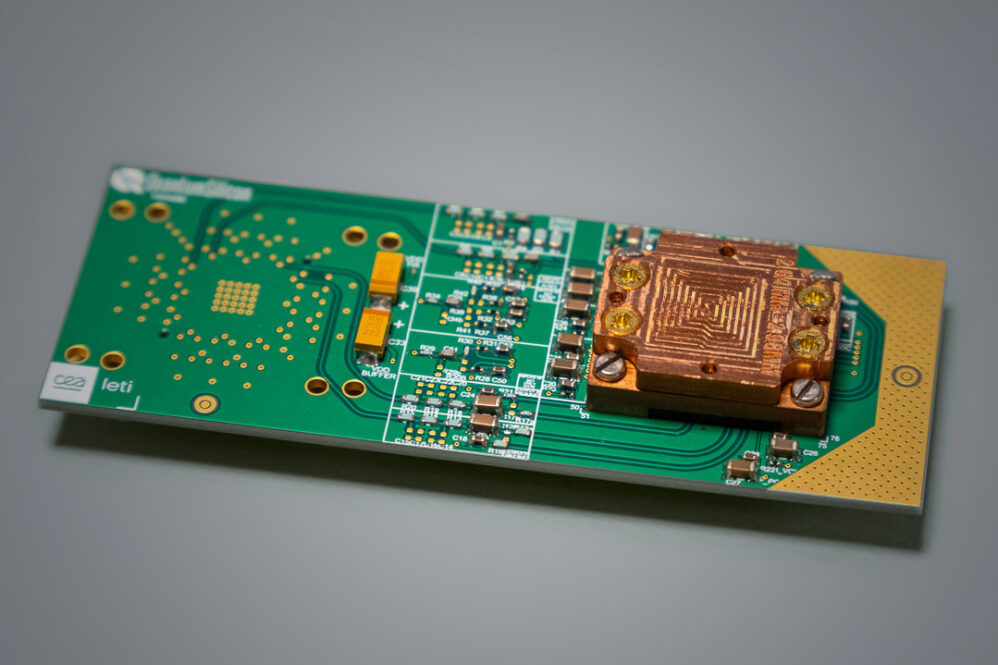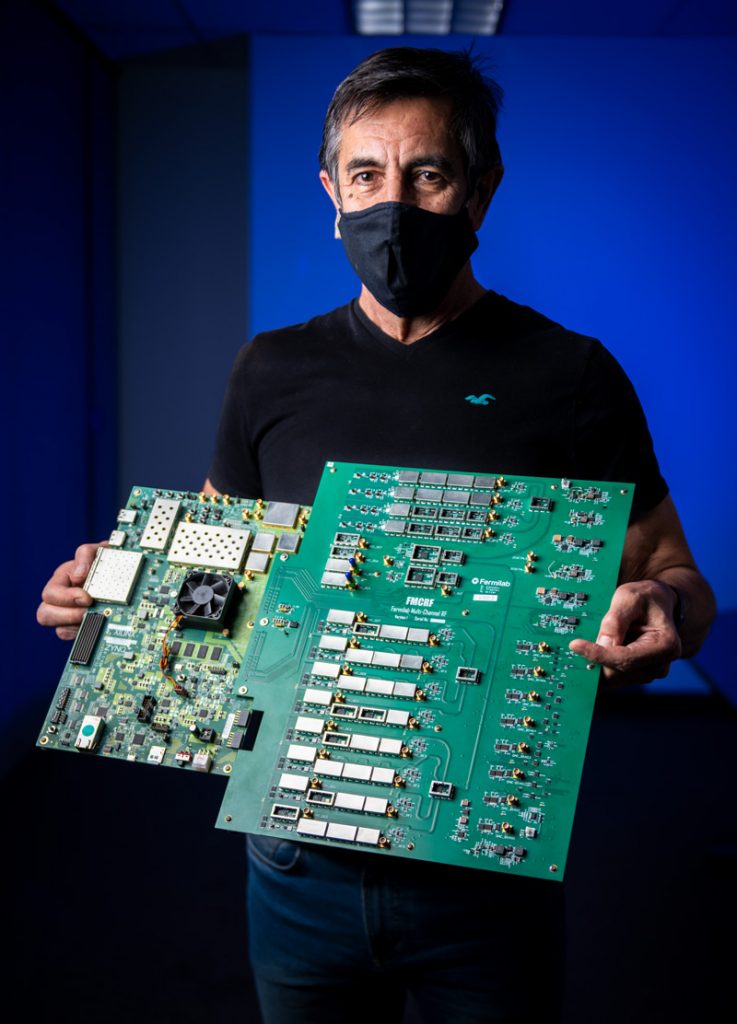CEA-Leti, in collaboration with Quobly, CEA-List, and CEA-Irig, has developed a groundbreaking solution using FD-SOI CMOS technology that enables simultaneous microsecond readouts of numerous quantum devices while significantly reducing power consumption and size requirements. This innovation supports Quobly’s strategy to build qubits using FD-SOI technology, creating a pathway toward low-power, scalable quantum integrated circuits.
The team presented their findings at ISSCC 2025 in a paper titled “An 18.5μW/qubit Cryo-CMOS Charge-Readout IC Demonstrating QAM Multiplexing for Spin Qubits.” Their novel readout circuit, based on a capacitive-feedback transimpedance amplifier (CTIA), achieves power consumption of just 18.5μW per qubit—a tenfold reduction compared to existing solutions—while halving the footprint per qubit.
The researchers demonstrated 4-point and 16-point quadrature-amplitude modulation (QAM), which increases the number of multiplexable devices by using quantum devices directly as modulators. The CTIA converts current from quantum devices into output voltage, with adjustable gain through the feedback loop capacitance ratio.
This system minimizes power consumption through a multiplexing strategy that measures multiple qubits with a single amplifier. This approach addresses critical scaling challenges in quantum computing by eliminating the need for bulky inductors and reducing wire requirements, overcoming both wiring bottlenecks and readout limitations in cryogenic electronics.
Quentin Schmidt, lead author, noted that silicon qubits show promise for large-scale quantum computing due to their small size, higher operating temperatures, and CMOS compatibility. However, simultaneously reading thousands of devices at microsecond speeds presents significant power and size challenges.
According to Franck Badets of CEA-Leti, this marks the first use of complex QAM modulation for simultaneous multi-qubit readout. The resulting improvements in power efficiency and footprint create promising opportunities for larger qubit arrays.
Tristan Meunier, Quobly’s chief scientist, emphasized that this development represents crucial progress toward scalable qubit readout and advances their roadmap for silicon-based quantum computers. Quobly’s partnership with STMicroelectronics aims to produce commercial quantum processor units at scale, building on this groundbreaking research.
This collaborative achievement leverages Grenoble’s unique expertise ecosystem, with CEA-List ensuring compatibility with future quantum software stacks and CEA-IRIG providing specialized cryogenic testing capabilities. Through their partnership with Quobly, all CEA divisions are positioned to drive significant advancements in silicon qubit systems.



